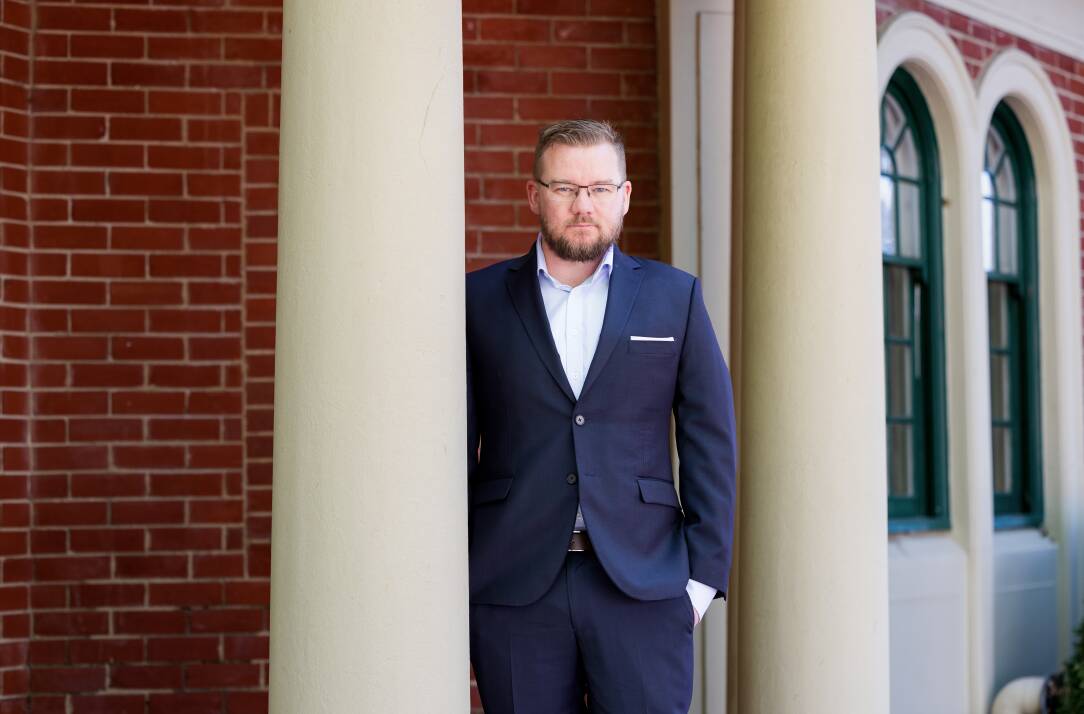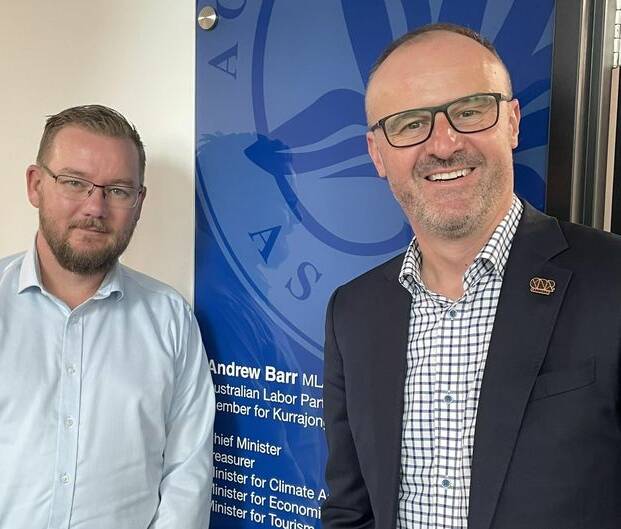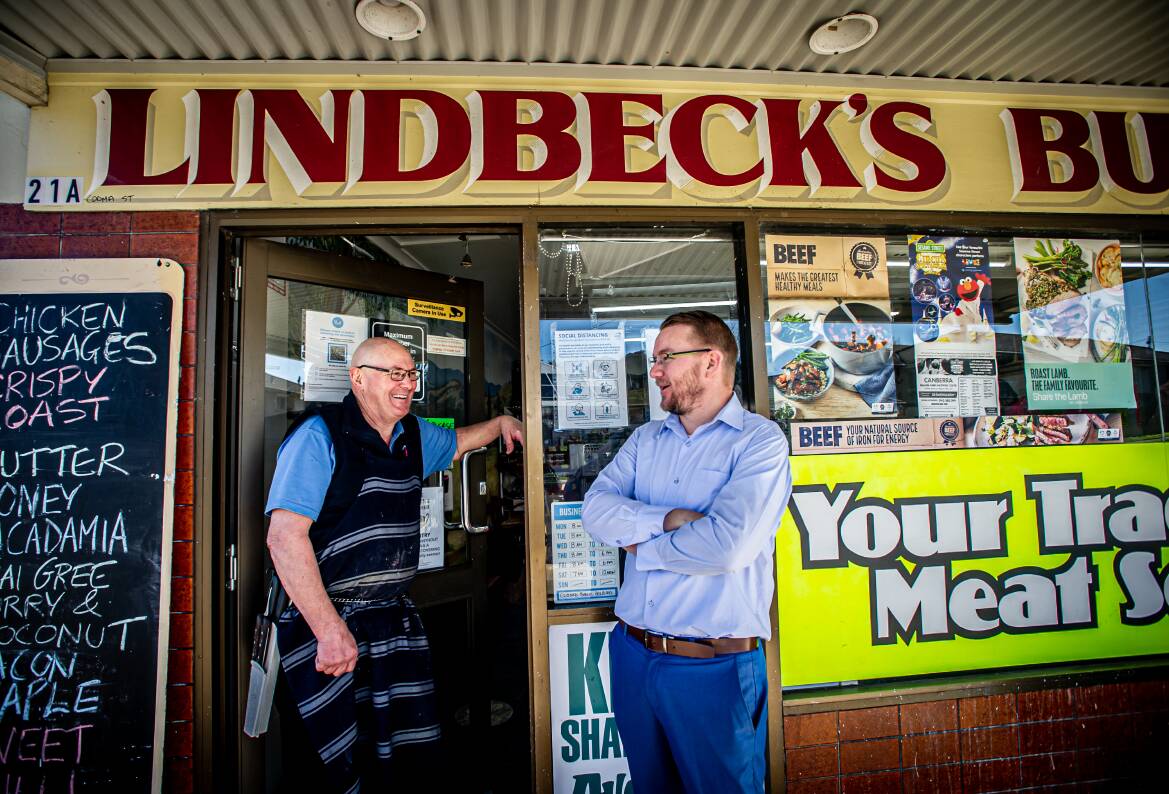
Ratepayers in the Queanbeyan-Palerang local government area will be slugged with some of the highest rate rises in NSW after its special variation was approved by the Independent Pricing and Regulatory Tribunal.
Rates will rise in the electorate by 63.4 per cent over the next three years, or 18 per cent per year for the next three years. The rises will take effect from July 1.
Tribunal decisions determine the maximum amount by which each council can increase rates, and Queanbeyan-Palerang was one of 17 councils which applied.
Of the 17 statewide variations, only two in Sydney's inner-west were higher.

The council applied for the variation after signing off the increase at its February meeting.
In approving the increases, the regulator noted many of the 1800 stakeholders who provided submissions raised "broader issues about the financial model for councils", including council financial management and the "affordability and fairness of council rates".
The tribunal has issued its own draft report, urging the NSW government to commission an independent investigation.
Without the increase, Mayor Kenrick Winchester said previously that residents of Queanbeyan, Bungendore and Braidwood faced the prospect of paid parking, pools closing, libraries closing, the Q theatre being sold off, and reduced mowing and maintenance.
Mr Winchester said it was "not an option to have a council that is not [financially] solvent and financially sustainable and if we did anything less, quite frankly, we would be put into administration, the administrator would arrive and just go for it [raise the rates], without any ... elected representative input into that".
Pensioner rebates have been extended and the mayor has urged anyone experiencing hardship in paying to contact the council.
"Eligible pensioners will be able to receives rebates up to $460 off their general rates and water and sewer charges," he said.
"If anyone is finding it difficult to make payments, I encourage them to get in contact with council to talk about their options. We have a financial hardship assistance policy that allows ratepayers who may be struggling with making payments to set up a longer, interest-free repayment period."
The council has blamed much of its deficit on the forced merger between Queanbeyan City Council and the adjoining Palerang Shire Council in 2016. Rate rises were not permitted for four years after the merger when costs blew out significantly.

However, the contentious rate rise also comes at a time when the council is spending $74 million on an arts and cultural precinct half funded by the NSW government.
In its most recent quarterly budget review in December last year, incoming consolidated revenue was $137 million while expenses totalled $71 million.
Under its long term financial plan ending 2032, the council aims to "reconsider affordable levels of service to be provided over the expanded asset base".
It aims to lobby the NSW government to transfer some regional road assets to save money, increase fees and charges to pre-COVID levels, and potentially share procurement with neighbouring councils to reduce the cost of projects and contracts.
It described its projected June 2023 financial position as "satisfactory".
We've made it a whole lot easier for you to have your say. Our new comment platform requires only one log-in to access articles and to join the discussion on The Canberra Times website. Find out how to register so you can enjoy civil, friendly and engaging discussions. See our moderation policy here.







